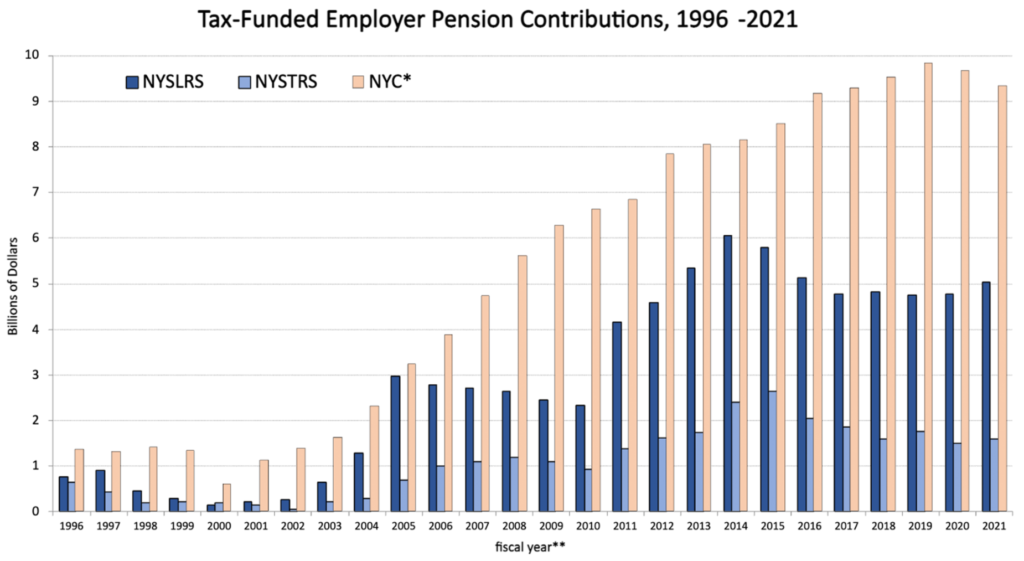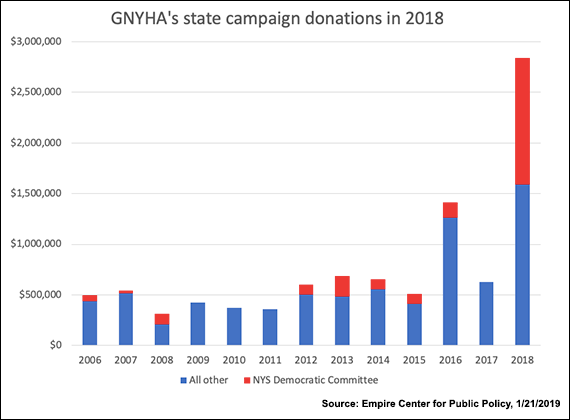Link: https://www.educationnext.org/biden-administration-sues-a-city-over-rampant-overspending-on-teacher-salaries/
Excerpt:
The Biden administration’s Securities and Exchange Commission is suing the city of Rochester, New York, contending that “rampant overspending on teacher salaries” plunged the Rochester school district into “extreme financial distress,” misleading investors who bought municipal bonds.
The legal action is unusual. Sure, the federal government’s interaction with K-12 education has often extended beyond the bounds of the U.S. Department of Education. The Department of Agriculture administers the school lunch program, and the Department of Defense operates schools serving military-connected children. Under George W. Bush, the Justice Department toyed with the idea of using antitrust law to support charter schools. And in the waning days of the Trump administration, President Trump issued an executive order authorizing “emergency learning scholarships” to be provided via the Secretary of Health and Human Services.
But, notwithstanding Bloomberg columnist Matt Levine’s theory that
“everything is securities fraud,” in practice, the K-12 education beat hasn’t intersected greatly with the fraud provisions of federal securities laws. At least until now.
….
How much has Rochester been “overspending?” The website Seethroughny.com, a project of the Empire Center for Public Policy, lists 717 Rochester City School District Employees who earned more than $100,000 in 2019. The district has about 25,000 K-12 public school students, according to the state of New York. Spending runs about $20,000, a little below the statewide average. Whether that amounts to “overspending” probably depends on one’s view of how much the children are learning, and also one’s view of whether the students could learn more, and how much more, if more money were spent.
….
In practice, the legal aspects of the case will probably turn more on considerations about disclosure to potential bond buyers than about the details of the spending on teacher salaries.
Even so, the mere mention of securities law and bondholders as potential tools to curb school district “overspending” is intriguing, especially when the action comes under a president who campaigned promising to increase school spending so as to pay teachers “competitive salaries.” For years, reformers have complained that teachers unions capture school boards and run school systems for the benefit of adults rather than children. Now a different set of influential adults—bondholders—is, in a way, asserting, via the SEC, its own claim that could be a countervailing force.
Author(s): Ira Stoll
Publication Date: 15 June 2022
Publication Site: Education Next



